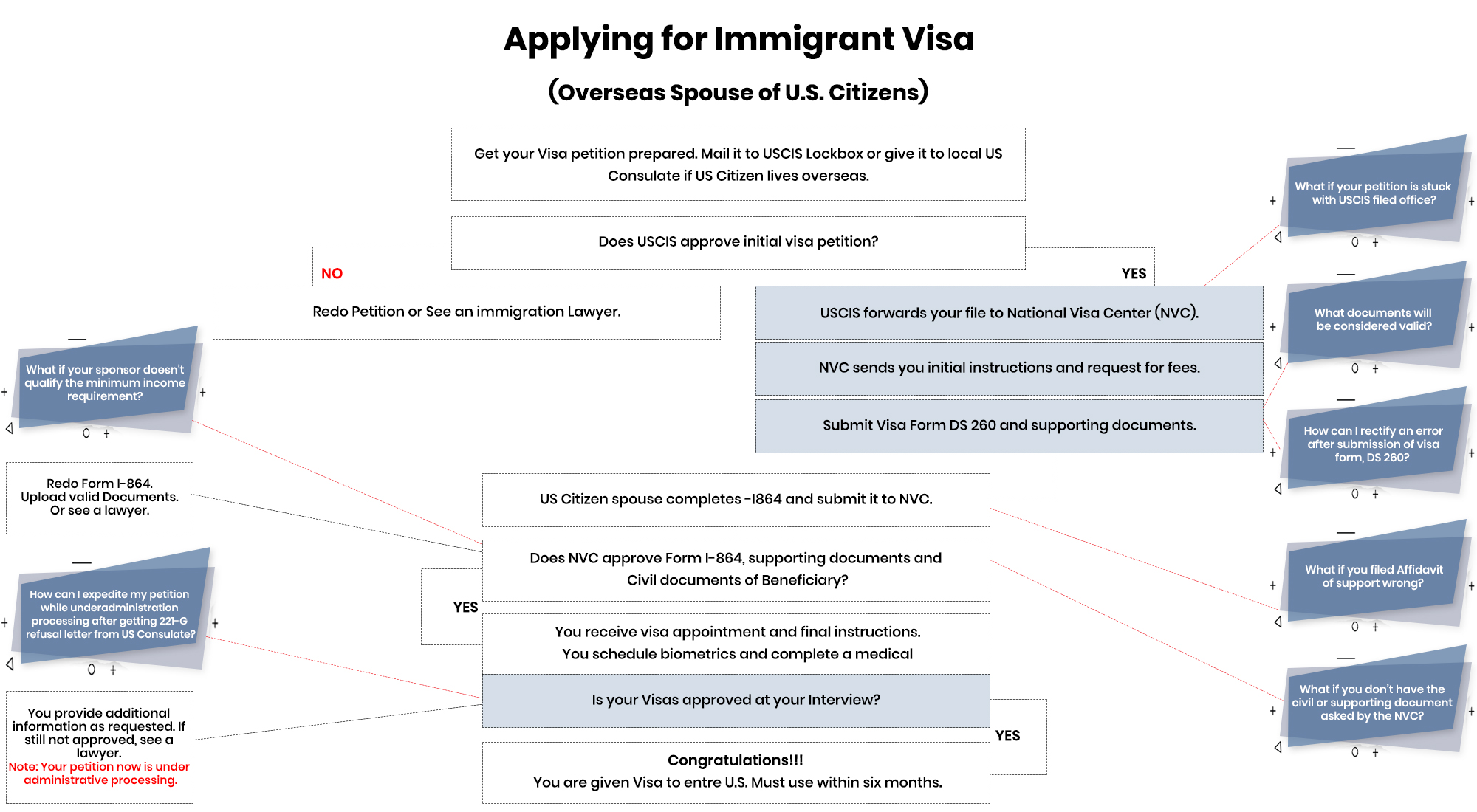U.S. Immigration Advisor
U.S. Immigration Advisor
I CAME TO USA ON F-1 STUDENT VISA , MY OVERSTAY IN U.S. IS UNLAWFUL PRESENCE 3 YEARS -10 YEARS BAR?
QUESTION: My name is Simran Dhillon from India and i came here on F-1 Student Visa,I overstayed my I-20 document by more than six months. If I leave the united states to get a new visa, will I be subject to the 3-year or 10 years bar?
The Immigration Advisor - Samar: Well Simran ,Your case is regarding the Unlawful Presence bar. A foreign national who enters the United States without inspection or who enters on a visa and overstays their expiration date on their I-94 entry document may fall into a category called “Unlawful Presence.” Someone who has been unlawfully present for more than 180 days and leaves the United States will be subject to a three-year bar from being able to get a visa to return to the United States. Someone who has been unlawfully present for more than a year and leaves the United States will be subject to a ten-year bar from being able to get a visa to return to the United States. There is a possibility of obtaining a waiver of the 3- or 10-year bar, without waiting the 3 or 10 years, if the applicant has a Permanent Resident or U.S Citizen Spouse or Parent and he/she can show that their relative will suffer extreme hardship if the waiver is not approved.
There has been a recent change in when someone who enters the United Staes on an F-1 visa, J-1 visa, or M-1 visa will start accruing Unlawful Presence; as with all 3 statuses, the foreign national is given an I-94 that does not have an expiration date.
In previous policy, overstaying in united states the I-20 did not cause someone in F-1 status to start accruing unlawful presence unless there was a formal determination issued by USCIS that they are out of status. Since a person who never accrues 180 days of unlawful presence (365 days) is not subject to the 3years bar or 10-years bar when they leave the United States, most who entered the United States on F-1 or J-1 visas would not have been subject to this bar.
On May 10, 2018 and August 9, 2018 DHS issued memos for changing this policy. August 9, 2018,This new policy went into effect .Anyone who entered on an F-1 visa or a J-1 visa who fails to maintain their nonimmigrant status will start to accrue Unlawful Presence as of the date of that failure under this new policy,
However, Prior to August 9, 2018 those who failed to maintain their nonimmigrant status, but had not already begun accruing unlawful presence under the previous policy, will begin accruing unlawful presence as of August 9, 2018.
Under the new policy, someone will be considered to have failed to maintain their nonimmigrant status when any of the following occurs:
- The F, J, or M nonimmigrant no longer pursues the course of study or the authorized activity, or they engage in an unauthorized activity;
- They complete the course of study or program, including any authorized practical training (CPT or OPT) plus any authorized grace period and remain in the US beyond that time without filing a timely change of status or extension of status;
- When the Form I-94 expires, if the F, J, or M nonimmigrant was admitted for a date certain and remain in the US beyond that date without filing a timely change of status or extension of status; or
- When an immigration judge orders the alien excluded, deported, or removed (whether or not the decision is appealed).
Foreign students (F-1 status) will generally not be accruing Unlawful Presence in the following situations:
- During the 30 day period that a student is allowed to enter on the visa before the program start date listed on the F-1 nonimmigrant’s Form I-20
- While the F-1 nonimmigrant is pursuing a full course of study at an educational institution approved by DHS for attendance by foreign students, and any additional periods of authorized pre- or post-completion practical training
- During a change in educational levels, provided the F-1 nonimmigrant transitions to the new educational level according to required transfer procedures
- While the F-1 nonimmigrant is in a “cap gap” period, that is, during an automatic extension of an F-1 nonimmigrant’s D/S and employment authorization as provided for a beneficiary of an H-1B petition and request for a change of status that has been timely filed and states that the employment start date for the F-1 nonimmigrant is October 1 of the following fiscal year
- While the F-1 non immigrant application for post-completion Optional Practical Training (OPT) remains pending
- While the F-1 non immigrant is pursuing a school transfer provided that he or she has maintained status
- The period of time a timely-filed reinstatement application is pending with USCIS
- Certain periods of time an F-1 nonimmigrant was out of status prior to the filing of the reinstatement application, if he or she applies for reinstatement, provided that the application is ultimately approved
- During annual vacation permitted if the F-1 nonimmigrant is eligible and intends to register for the next term
During any additional grace period as permitted to prepare for departure:
- 60 days following completion of a course of study and any authorized practical training;
- 15 days if the designated school official (DSO) authorized the withdrawal from classes (SEVIS termination reason: authorized early withdrawal); or
- No grace period if the F-1 non immigrant failed to maintain a full course of study without the approval of the DSO or otherwise failed to maintain status.
- Certain emergent circumstances in which any or all of the requirements for on-campus or off-campus employment are suspended by a Federal Register notice and the student reduces his or her full course of study as a result of accepting employment based on the Federal Register notice; and
- During a period of reduced course load, as authorized by the DSO.
Foreign exchange visitors (J-1 status) will generally not accrue unlawful presence in the following situations:
- The period of time annotated on Form DS-2019 as the approved program time plus any grace period, either before the program start date or after the conclusion of the program;
- Any extension of program time annotated on Form DS-2019;
- While the J-1 nonimmigrant is in a “cap gap” period; and
- The period of time a J-1 nonimmigrant was out of status, if he or she is granted reinstatement.
Foreign vocational students (M-1 status) will generally not accrue unlawful presence in the following situations:
- The period of admission as indicated on Form I-94, plus up to 30 days before the report or start date of the course of study listed on the Form I-20
- Any authorized grace period as outlined in 8 CFR 214.2(m)(5)
Also, a Foreign National under 18 years of age does not accrue Unlawful presence. Therefore, any F-1, J-1, or M-1 nonimmigrant who is under 18 years of age does not accrue unlawful presence, even if they failed to maintain their nonimmigrant status. In such a situation, they would start accruing Unlawful Presence as of their 18th birthday.

